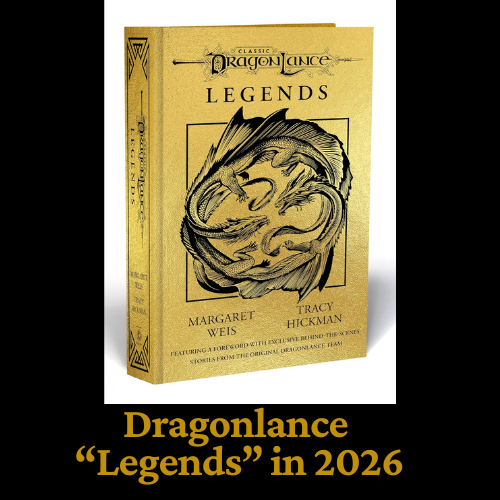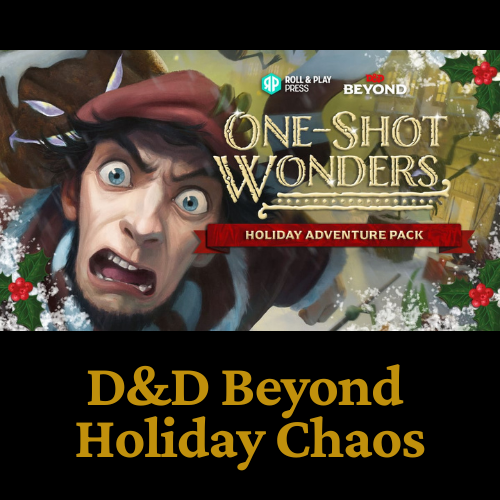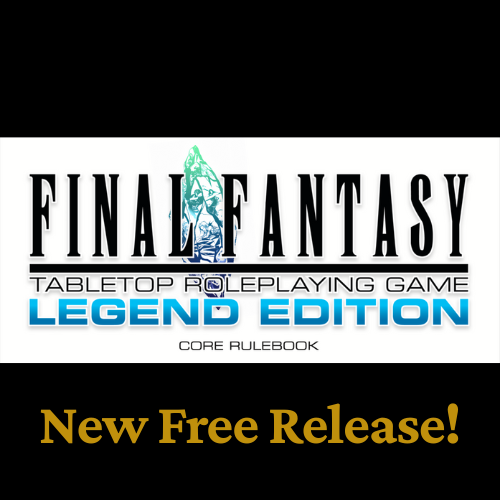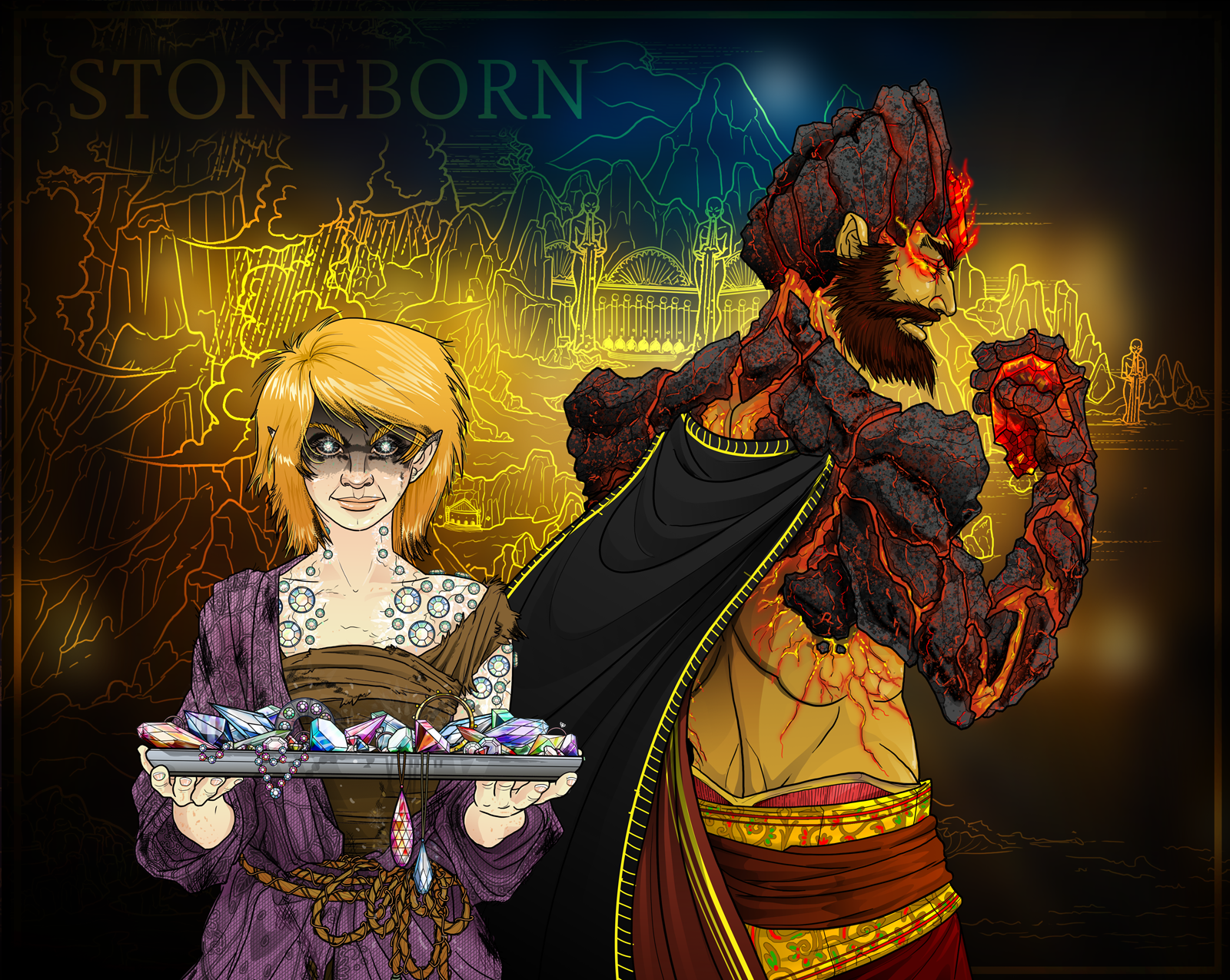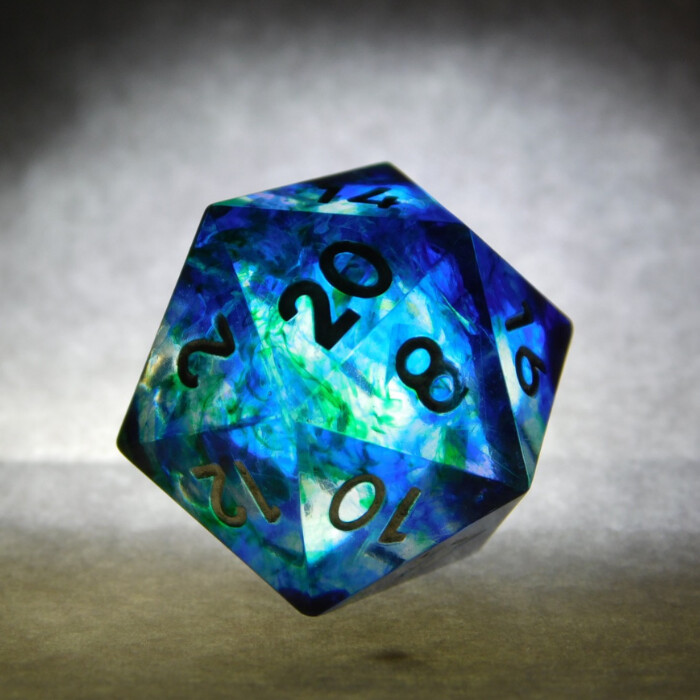Call Lightning 5e - D&D 5th Edition Spell Book
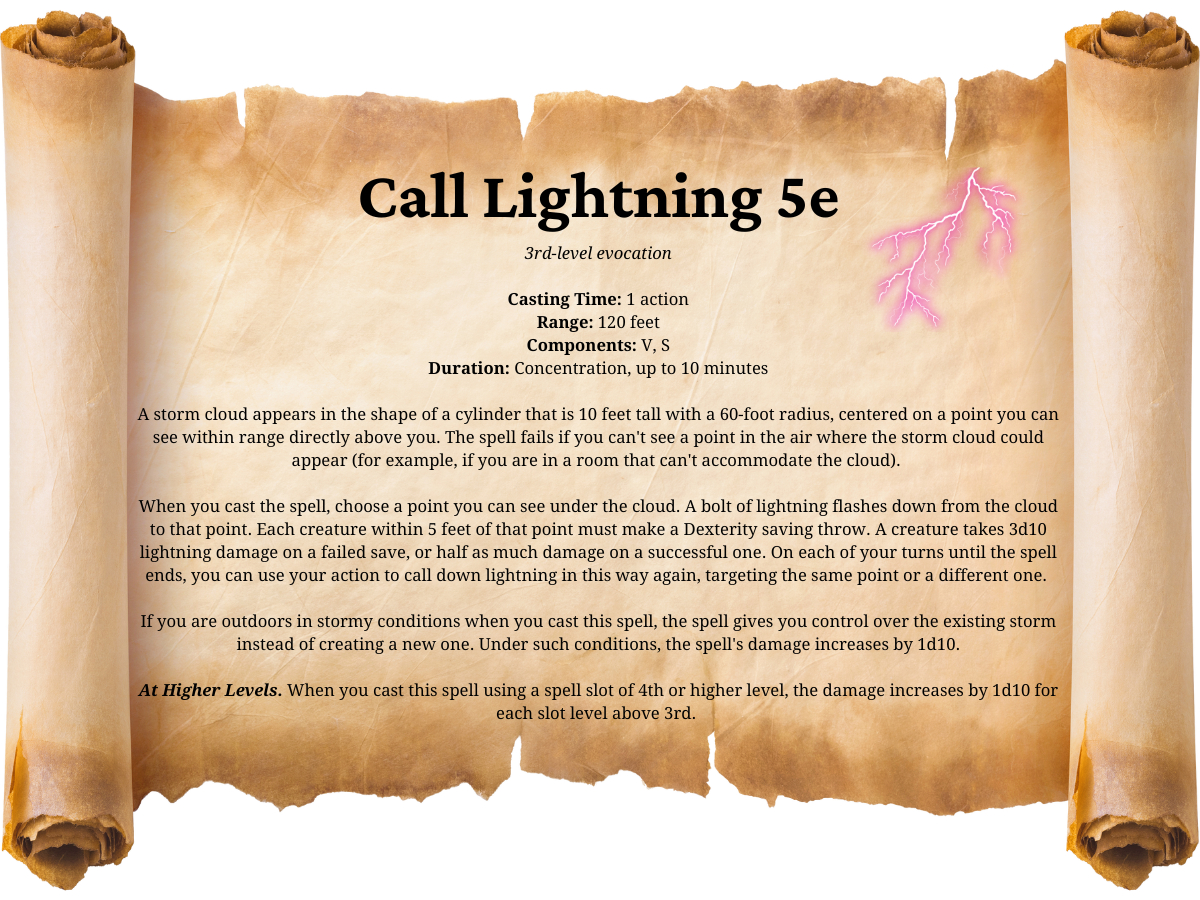
Call Lightning 5e Spell Effects
3rd-level evocation
Casting Time: 1 action
Range: 120 feet
Components: V, S
Duration: Concentration, up to 10 minutes
A storm cloud appears in the shape of a cylinder that is 10 feet tall with a 60-foot radius, centered on a point you can see within range directly above you. The spell fails if you can't see a point in the air where the storm cloud could appear (for example, if you are in a room that can't accommodate the cloud).
When you cast the spell, choose a point you can see under the cloud. A bolt of lightning flashes down from the cloud to that point. Each creature within 5 feet of that point must make a Dexterity saving throw. A creature takes 3d10 lightning damage on a failed save, or half as much damage on a successful one. On each of your turns until the spell ends, you can use your action to call down lightning in this way again, targeting the same point or a different one.
If you are outdoors in stormy conditions when you cast this spell, the spell gives you control over the existing storm instead of creating a new one. Under such conditions, the spell's damage increases by 1d10.
At Higher Levels. When you cast this spell using a spell slot of 4th or higher level, the damage increases by 1d10 for each slot level above 3rd.
All information on Call Lightning 5e comes from the DnD Player's Handbook.
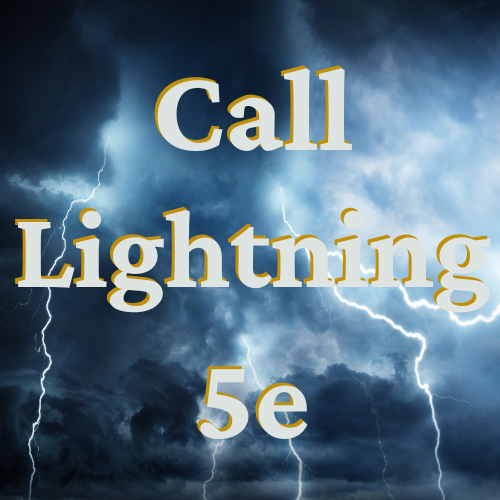
Classes That Can Cast Call Lightning 5e
Of all classes in the Player's Handbook, only druids gain access to casting call lightning 5e. Yes, call lightning is purely a druid spell.
You would think that sorcerers, wizards, and even nature domain clerics should perhaps be able to cast the spell, but the official rules say otherwise.
Call Lightning Spell Effectiveness
| Damage | 3rd-Level Spell | 4th-Level Spell | 5th-Level Spell | 6th-Level Spell | 7th-Level Spell | 8th-Level Spell | 9th-Level Spell |
|---|---|---|---|---|---|---|---|
| Damage Dice | 3d10 | 4d10 | 5d10 | 6d10 | 7d10 | 8d10 | 9d10 |
| Average Damage | 16.5 | 22 | 27.5 | 33 | 38.5 | 44 | 49.5 |
| 3-Target Damage | 49 | 66 | 82 | 99 | 115 | 132 | 148 |
| Average Fighter DPR | 19 | 23 | 27 | 30.5 | 34 | 37.5 | 41 |
Call Lightning Spell Damage
This table provides information on the damage that Call Lightning 5e could do, as compared to a fighter of a similar level (based on the level it would take to cast each spell level). Average fighter DPR refers to their damage per round, which is roughly calculated prior to factoring in hit chance. Also, note that call lightning could easily hit more (or less) than the 3-target damage numbers shown above.
Call Lightning 5e Usefulness
Every spell in D&D 5e that can hit multiple targets has the potential to be absolutely game-breaking when it's cast in the right situation. Try using call lightning in the following ways to maximize its usefulness for you.
- If you're outside, and see multiple enemies clumped together - at least 2, but preferably 3 or more - blast them with call lightning for some huge damage.
- Cast call lightning 5e on any enemies who (somehow) have lightning vulnerability, to double your damage.
- Since you can call down lightning bolts using this spell, every round, for no additional spell slots, try using it when you're besieged. That is, if your enemy has to attack into your position, then the cloud you created can continue to rain down lightning damage upon them.
- For additional value, cast call lightning 5e whenever you happen to be fighting in a storm. Since the spell deals an additional 1d10 damage in stormy weather, this is an excellent time to go crazy with lightning.
- Finally, cast call lightning against enemies with low Dexterity save scores. The higher your hit chance with call lightning 5e, the less likely you are to have your spell damage halved from successful saving throws.
Lightning Damage Resistances, Immunities, and Vulnerabilities
When using call lightning 5e, it's worth knowing ahead of time that in the DnD Monster Manual, there are 35 monsters with lightning damage resistance, 10 monsters with lightning damage immunity, and yes - 0 monsters with lightning damage vulnerability.
Of course, you may come across situations where your dungeon master throws in enemies who have lightning damage vulnerability, but aside from that, call lightning only has liabilities. As with spells like acid splash 5e and burning hands 5e, where tons of monsters have resistance, be very careful about using call lightning on enemies. The worst thing you can have happen is to only deal half damage - or even no damage - against enemies, from casting your 3rd-level spell.
Combine Call Lightning with the Following Spells
Pretty much every damage-based spell becomes more powerful when combined with other spells. Try out some of these high-powered mixtures for some spectacular results.
- Alarm 5e: this one's a little more for fun than optimization. But just imagine setting up the alarm spell while you sleep outdoors. If a group of goblins comes to ambush you, not only are they surprised when your party is already awake, but they'll be absolutely stunned to see the flashing light of an incoming lightning bolt.
- Bane 5e: as with basically every damage spell in D&D, casting bane on your target to lower their saving throw by 1d4 before crushing them with lightning is a major plus. Note that since bane, like call lightning, is also a concentration spell, you'll need to have an ally to set up this combo.
- Haste 5e: since call lightning 5e says that "on each of your turns until the spell ends, you can use your action to call down lightning," it isn't perfectly clear if the limit of lightning bolts is once per turn, or once per action you spend. If the limit is actually actions spent, then having haste maintained on you by an ally actually allows you to effectively double-cast call lightning each turn, causing really massive damage into entire groups of enemies. In any case, this is one where you should strongly consider asking your dungeon master for backup, to let you have some lightning-based fun.
Call Lightning 5e Counters
As with any spell that requires concentration, you have to be cautious about taking damage, or else the spell effect could fade. Also, just note that any enemy who has silence 5e can prevent you from casting call lightning. Meanwhile, enemies affected by Bless 5e have +1d4 on their Dexterity saving throws, making call lighting less likely to hit for full damage.
Perhaps one of the biggest counters to call lightning 5e is that enemies can simply leave the 60-foot radius area that the cloud covers. Once enemies are out of that area, they can no longer be targeted by that same call lightning spell.
Call Lightning-Type Spells in Eternity TTRPG
In the Eternity TTRPG Game System, there are actually a number of spells very similar in nature to Call Lightning 5e. I've provided one example below, in case you're interested in other Games Like DnD which you may not have heard about before.
Dice, Dungeons, Games & More - Eternity TTRPG
Share This Article

Author - Jacob Tegtman
Dear reader, I hope you enjoyed this article. Tabletop gaming has been a passion of mine since I was 6 years old. I've played just about every game from Dungeons and Dragons to video games like Final Fantasy. These games have inspired me, made me laugh, made me cry, and brought me endless hours of enjoyment.
I started Eternity TTRPG - and the indie tabletop game that goes along with it (Eternity Shop) - to share my love of gaming with others. I believe that in our technology-driven age, tabletop games help bring a sense of magic and community back into our world.
If you love the site, please share it with others! I have lots of gaming-related material for you to peruse and use in your own gaming sessions. If you have any questions about the site or want to contribute, just send me a message using the "Contact" page, which you can find in the site's footer.
